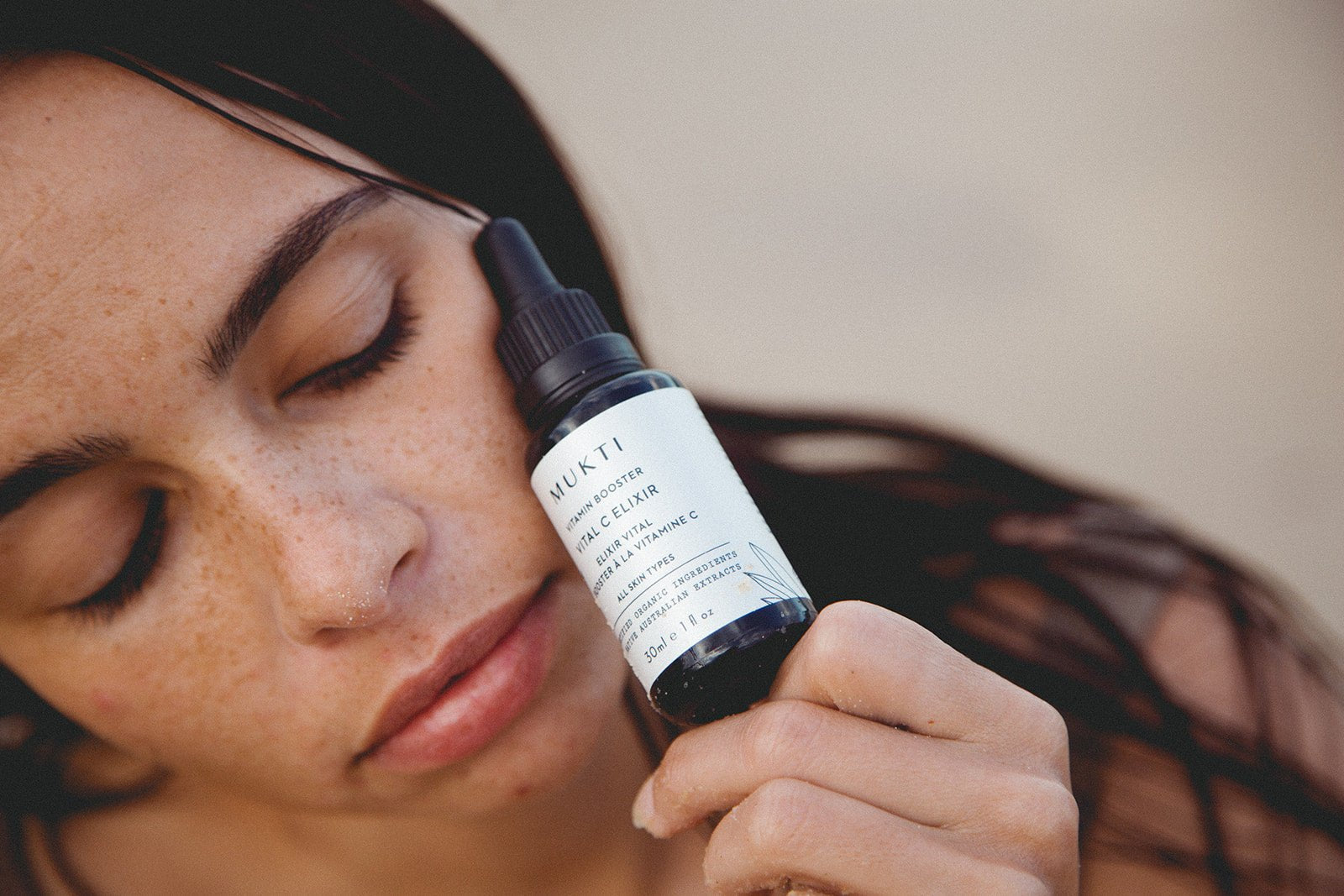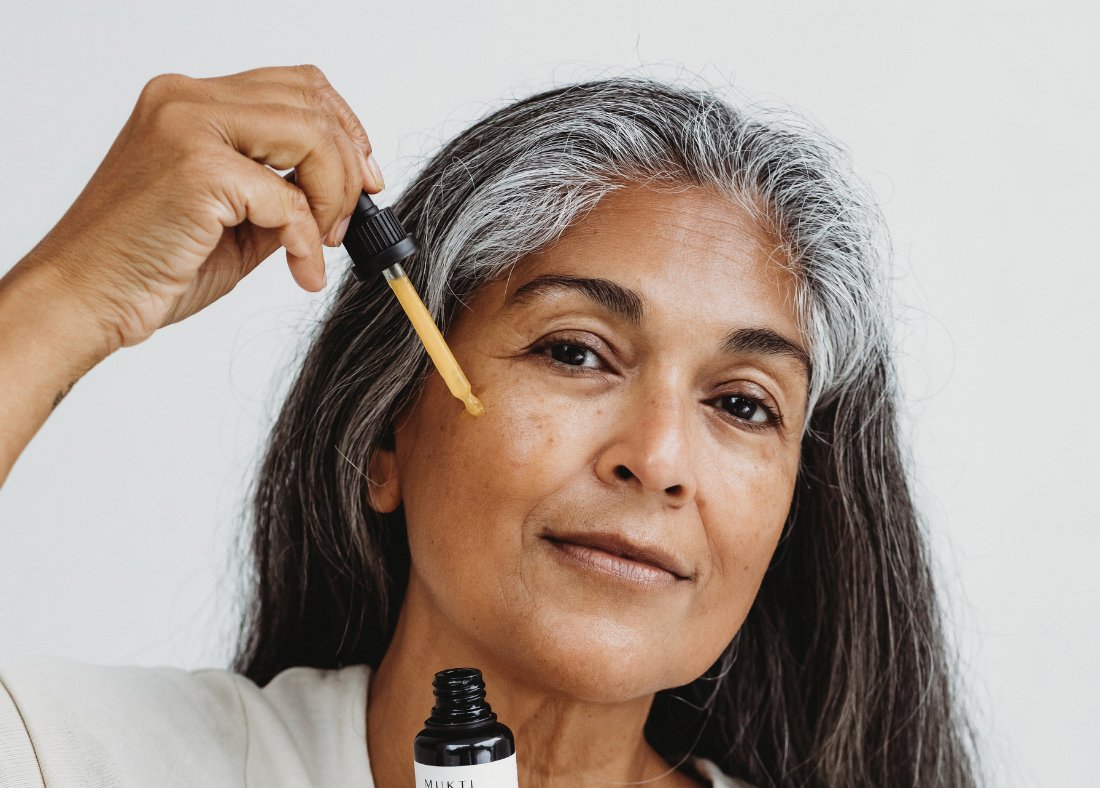
12 Common Ingredients to Avoid in Skincare Products
Whether you're just getting started on your skin care journey, or consider yourself a skin care enthusiast, there's an abundance of misinformation in relation to ingredients that are considered safe or clean.
There are still many questionable ingredients that can be found lurking in everyday skincare that with constant exposure and cumulative effects, may have adverse affects on your skin and overall health. Whilst there are safe limits imposed by governing bodies, constant exposure across multiple products increases your toxic burden and, the impact of daily use as well the interaction of ingredients is relatively unknown and untested.
Contact dermatitis from skin care and cosmetic products is a most common dermatologic complaint and accounts for 2-4% of all visits to the dermatologist, with approximately 60% of cases being allergic in origin. Fragrances are the most common cause of allergy to cosmetics, followed by preservatives and hair dyes but all components of personal care products have the potential to be sensitisers, even constituents of natural ingredients including essential oils.
The task of decoding a label can be confusing so here is a list of our top 12 questionable ingredients with studies behind them to prove that they are best to avoid based on their potential bio-accumulative effect on organisms and the environment:
-
Ethoxylated ingredients
These are synthetically produced ingredients by the process of ethoxylation. through this process, they are contaminated with 1,4-dioxane. This by product of manufacturing has been linked to organ toxicity and birth defects. It’s generally unlisted on products as it’s a contaminant to other ingredients.To avoid ethoxylated compounds in your products look for these ingredients listed on labels-
Phenoxyethanol: Also a known skin irritant
Butoxyethanol: Synonyms: Butyl cellosolve; Ethylene glycol mono-n-butyl ether; Ethylene glycol monobutyl ether; EGBE; Dowanol EB; Butyl oxitol; jeffersol EB; ektsolve EB
Emulsifying Wax NF Ethanolamines - (DEA/TEA/MEA/ETA)
Polysorbates - Synonyms are ALL PEG (polyethylene & polypropylene glycol) compounds, including PEG-20, 40, 60, and its synonyms, polysorbate-20, Polysorbate-40. Sodium Laureth Sulfate (SLES), Ammonium Laureth Sulfate and most ingredients ending in 'eth'
Sorbitan Monostearate and other sorbitan based ingredients are also synonyms with PEGs (polysorbates)
-
BHA (Butylated hydroxyanisole) and BHT (Butylated hydroxytoluene) are closely related synthetic antioxidants used as preservatives in lipsticks and moisturisers and other cosmetics. They are also widely used as food preservatives. They have potential carcinogenic and and endocrine disrupting capabilities and may cause damage to your liver, thyroid and kidneys. They can also affect lung function and blood coagulation.
-
Formaldehyde (resin and releasing) is used as a preservative in many products and is a known carcinogen, neurotoxin also linked to allergies of the skin, eyes and lungs and immunotoxicity. Formaldehyde is often found in nail polish, nail and eyelash glue, hair gel, hair smoothing products, baby shampoo, body wash and cosmetics. To avoid formaldehyde, look for these ingredients on labels:
Benzylhemiformal
Diazolidinyl and Imidazolidinyl Urea
DMDM hydantoin
Glyoxal
Urea
Methenamine
Polyoxymethylene Urea
Quaternium-15
Sodium hydroxymethylglycinate
Tosylamide/formaldehyde
n2-bromo-2-nitropropane-1,3 diol (Bronopol)
5-Bromo-5-nitro-1,3 Dioxane
-
Hydroquinone is a skin lightening chemical that reduces the production of melanin and hyperpigmentation. It’s a potential carcinogen, linked to organ toxicity and skin irritation. Found in nail polish, facial creams and cleansers, skin lighteners and hair conditioner.
-
Methylisothiazolinone (MIT) and Methylchloroisothiazolinone (CMIT) not only are these commonly used preservatives hard to pronounce, they have been linked to many cases of contact dermatitis lung toxicity, contact allergic reactions and possible neurotoxicity. They are often found in liquid body care products, hand sanitisers and wipes including those used on infants and toddlers.
https://pubmed.ncbi.nlm.nih.gov/24626102/
-
Parabens are a preservative or anti-bacterial agent. They’re known to be endocrine disruptors that can mimic estrogen and may be linked to breast cancer. Parabens can also trigger skin allergies. They are found in shampoos and conditioners, facial and body creams, lotions, cleansers and scrubs.
-
PEG's: Polyethylene glycols are petroleum-based compounds used as thickeners, solvents and moisturisers. They are when used as solvents, they are penetration enhancers and contaminated with known carcinogens ethylene oxide and 1,4-dioxane. They are found in a wide range of personal care products.
-
Petrolatum is derived from crude oil. The concern around is that it can be contaminated with PAH’s (polycyclic aromatic hydrocarbons) which are linked to cancer, endocrine disruption and organ system toxicity. The new trend of slugging has given vaseline a questionable place in the spotlight. Avoid - Vaseline, mineral oil, paraffin wax, liquid paraffin, liquid petrolatum, mineral grease and mineral jelly.
-
Phthalates (DBP, DEHP, DMP, DEP) These are known endocrine disruptors and respiratory toxicants and may cause birth defects, male infertility and allergies associated with the skin, eyes and lungs. Phthalates can appear as an alcohol denaturant, as a solvent in personal care products, perfumes, cosmetics and nail polishes, or as a plasticiser to make other substances softer or more pliable.
“It can generally be assumed that the DEHP permeation through healthy skin depends on the skin condition (dry, moist or oily), on the size of the contact area as well as on the duration of the skin contact”10). The BfArM continues “As DEHP specifically affects the sexual development, it is assumed that the following groups with high sensitivity are most likely to suffer potential health risks from exposure to DEHP - children before completing sexual maturity - premature babies and newborns - infants and toddlers - children and adolescents until puberty - pregnant women - breastfeeding mothers). In a study carried out in 2008 the urine of 163 toddlers born between 2000 and 2005 was tested for phthalates with the result that monoethyl phthalate, monomethyl phthalate and monoisobutyl phthalate were found in concentrations that increased with the number of skin care products used. In the body these compounds are formed by eliminating the alcohol residues. Hence they correspond with the metabolisation of long chained or high molecular phthalates like DEHP. From the toxicological point of view the above mentioned recommendation of the Federal Environmental Agency has to be taken seriously and the manufacturers of cosmetic products are therefore advised to avoid the use of DEP.
-
Synthetic Fragrance/Parfum: Fragrance and Phthalates fall under the same category as phthalates, the plasticisers that are used to adhere fragrance to the skin explaining why your perfume stays in a room long after you have vacated. Not only are fragrances made up of hundreds of various synthetic compounds, they are not required to be listed as individual ingredients and fall under the guise of trade secrets to protect their IP. Phthalates are known chemicals, that disrupt the endocrine system, may cause birth defects and male infertility. Some individual fragrance ingredients have also been linked to neurotoxicity and cancer. Fragrance allergies are becoming more common with an array of symptoms that include headaches, nausea, dizziness and in more extreme cases anaphylaxsis after contact.
-
Toluene is a known neurotoxin, petrochemical solvent and paint thinner. There are concerns about its links to reproductive harm, developmental and immune toxicity, respiratory complications and possible links to blood cancer. Toluene is often found in nail polish and hair dyes.
- Triclosan is a preservative and anti-bacterial agent. It is a known endocrine disrupting chemical that impacts thyroid function, organ system toxicity and skin, lung and eye irritants. Regular use can also contribute to antibiotic-resistant bacteria. Triclosan is often found in deodorants, toothpaste, antibacterial soaps and cosmetics.
https://pubmed.ncbi.nlm.nih.gov/27783695/
https://pubmed.ncbi.nlm.nih.gov/22036980/
https://pubmed.ncbi.nlm.nih.gov/24344741/
https://pubmed.ncbi.nlm.nih.gov/36981689/
https://pubmed.ncbi.nlm.nih.gov/24656778/
Related Articles:
Alcohol in Skincare: Which Ones Should You Avoid?
The Truth about Natural Preservatives in Skincare
How to Avoid Contaminating Your Skin Care Products
Harmful Ingredients to Avoid in Self-Tanner and Tanning Creams




Leave a comment
This site is protected by hCaptcha and the hCaptcha Privacy Policy and Terms of Service apply.